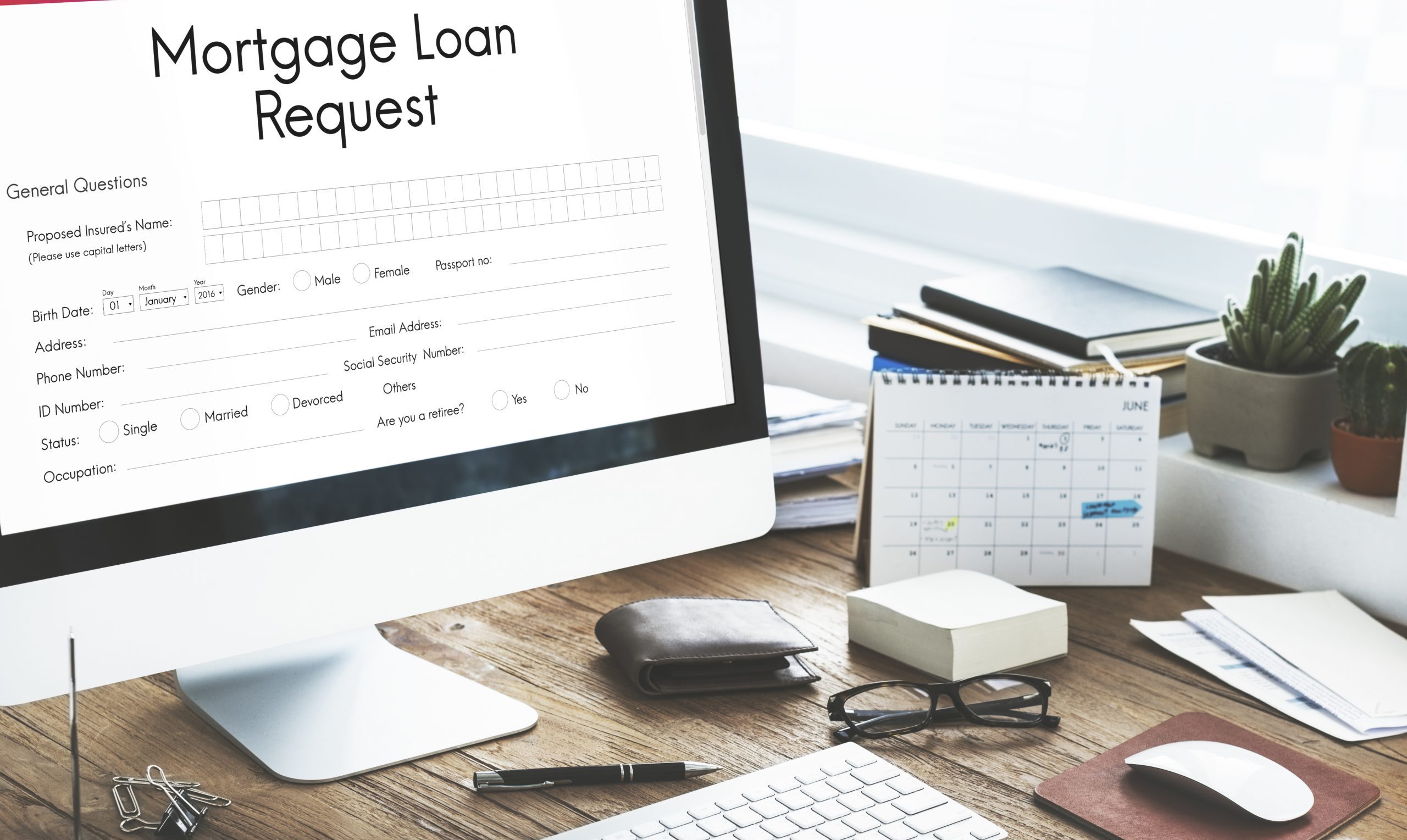Top 5 Mistakes to Avoid when Refinancing Your Home

Top 5 Tips to Sell Your Home
September 27, 2021
Top 5 Tips to Refinance Your Home
September 29, 2021With interest rates as low as they are right now, it is a good time to refinance your home or swap your current mortgage with a new one. You can save a lot of money with lower interest rates. Refinancing is one of the best ways to stabilize your finances and get things back on track.
Some people use it to lower their monthly payments by replacing their existing mortgage with a new mortgage with lower interest rates, while others want to use it for a new purchase or for investment purposes.
But it is not as simple as finding a good interest rate and signing a few documents. Refinancing is not always a good idea. And some refinancing mistakes could mean you save less than you should or potentially even cost you in the long run. If you are considering a home refinance now, take a look at the following refinancing mistakes to avoid any pitfalls.
Mistake #1: Neglecting the Breakeven Point
Your credit score plays an important role when it comes to your interest rate. The difference between your current interest rate and your refinance rate, as well as your closing costs, can help determine whether refinancing is going to be beneficial or not. This is why you need to determine your breakeven point.
Breakeven point helps you to determine how long it takes your savings from refinancing to exceed what you paid to refinance. For example, if you are going to save $200 a month in interest charges after refinancing, but closing costs are $10,000, you would need to stay in your home for at least 50 months to breakeven. That is more than four years. If you do not plan to stay in your home that long, it is probably best to stick with your existing mortgage.
A good rule of thumb is that if there is less than a half a percentage point difference between your current interest rate and your refinance rate, refinancing might not be worth it. Most experts say you need to knock at least a full percent off your current rate to make refinancing worthwhile. High-end homes can justify a smaller rate reduction than more modestly priced ones, because the savings are much greater. A small reduction can only be worthwhile if you do not plan to sell your home for a long time.

Mistake #2: Considering only Monthly Payments
When you get quotes to refinance a home from different lenders, you may see a monthly payment that is well below as compared to what you are paying now. But it is important that you look beyond the monthly cost of your mortgage. Refinancing is like resetting the clock. So if you have been paying your home loan for a while, your new loan could leave you with a longer payoff timeline.
Stretching out your repayment schedule is often enough to reduce monthly payments by itself. The trouble is that if you obtain a loan with longer duration, you will end paying significantly more in interest over time. To decide if refinancing really makes sense, look at both your new monthly payments and total interest costs. If you can reduce both, then you are good to go.
You may still be in a good position if you can reduce your interest rate and your payoff time, even if you do not reduce your monthly payments. In this case, you would pay less over time and become debt free faster. But if you are going to end up paying more over the life of your loan, think twice about whether that repayment timeline really makes sense financially.
Mistake #3: Refinancing Frequently
In an effort to always land the lowest rate, some borrowers make the mistake of refinancing excessively. While that is an attractive proposition, it can lead you into trouble if you are not being careful. The problem is that refinancing costs money. Anytime you refinance a mortgage, you will typically pay 4% to 6% of the loan balance in closing costs. If you refinance repeatedly, these charges will add up over time, negating the perks of refinancing. Closing costs associated with frequent refinances will never let you breakeven.
The amount of money you are saving in interest charges will be used to cover up the closing fees. So for refinancing to make sense, you need to save enough in interest to eventually cover the closing costs. Some borrowers, in an attempt to go after lower interest rates, make the mistake of refinancing too often. They pile up closing costs over time, so their loan balance keeps increasing which in return nullifies financial benefits of a refinance.
Mistake #4: Not Shopping Around
When you refinance your home, reconnecting with your existing lender and moving forward may seem like an efficient way to refinance your home. After all, the lender may already have much of the pertinent information needed for the transaction, and you have already done business with them in the past. You may have been with them for years, but it can blind you to the competitive opportunities a new bank may hold.
Moreover, the real estate and mortgage underwriting climate has dramatically changed in recent years. It may be a good idea to obtain multiple preapprovals. Today’s mortgage applications are often submitted electronically, and rates can differ considerably as upstart and traditional lenders compete. It is also no secret that changes in regulations have allowed banks to write more loans.
As someone who already owns a home, you are at a negotiating position. To ensure you get the lowest rate that you qualify for it is also crucial that you take time to shop around and compare rates from multiple lenders. Shop around and make a list of multiple lenders. Compare them and choose the one with lowest interest rate, closing cost etc.
Mistake #5: Longer Amortization
You may have thought that 30 years was the longest time frame that you could get on a mortgage. Are you aware that some mortgage companies are offering loans that run 40 years? Thirty five and forty year mortgages are slowly rising in popularity. They allow individuals to buy a larger house for much lower payments.
A 40-year mortgage may make sense for a young 25 year old that plans to stay in that home for the next 20 years but it does not make sense for a lot of people. The interest rate on a 40-year mortgage will be slightly higher than a 30 year. This amounts to a whole lot more interest over a 40-year time period.
Borrowers will also have less equity in their homes. The bulk of payments for the first 10 to 20 years will primarily pay down interest making it nearly impossible for the borrower to move. Besides, nobody would want to make mortgage payments in their 70s.
Conclusion
It can be concluded that by avoiding certain mistakes a homeowner can really enjoy the perks of a refinance. First of all, you should consider the difference of interest rate between your existing mortgage and the new mortgage. If the difference is around one percent at least, then it is really a good idea to refinance and you will most likely end up saving money. However, if it is around half a percent or less, it is going to take a while for you to breakeven, which may negate the purpose of a refinance.
While refinancing, some borrowers make the mistake of considering only the monthly payments while ignoring the interest rate. But that is a dangerous mistake, because you can reduce your monthly payments by increasing your amortization. So, take into account both the interest rate as well as the monthly payments before refinancing.
There a few homeowners who jump onto a new mortgage every time they see a lower interest rate. That is not always a good idea. In comparison to the amount of money you are going to save with lower interest rates, you will be paying for your closing costs.
Some people do not research the market and refinance again with their existing lender. Some people find it more convenient because their existing lender will already have most of the information and document needed to proceed while other choose the same lender out of loyalty. However, you should always enter the market prepare and perform a comparison and choose only that lender who is going to be most beneficial financially.
There are few mortgagors who prefer a longer amortization. They go after a longer amortization because it will reduce their monthly payments drastically. However, it is not always a good idea because longer amortization usually means a higher interest rate. You will be ending up paying a large sum to your lender as your interest which could be avoided.
Once you have decided to go for a refinance, always keep the above-mentioned mistakes in your mind to avoid any regrets in the future. Good Luck!
About the Author
Abdul Moqeet
Assistant Manager, Real EstateTreadstone Associates
1 (844) 900 1070



